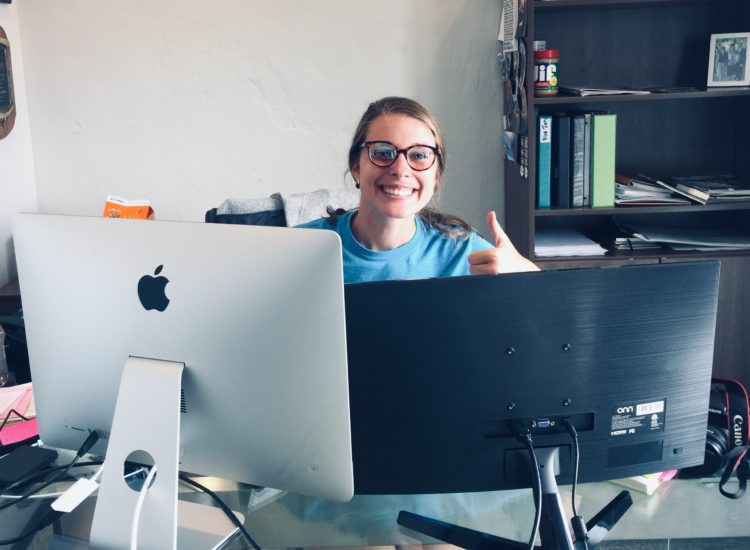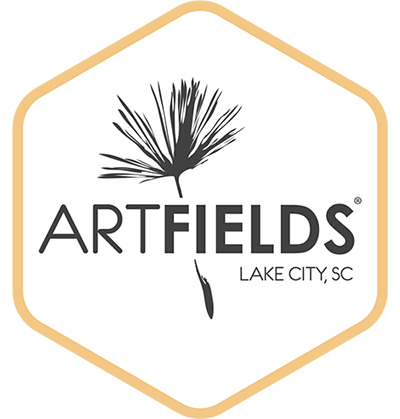May 13, 2020
Small SEO Tips That Can Help Online Visibility For Artists

We know many of our artist friends are losing out on in-person events and gallery placements so it’s never been more important to look to improving your online presence. That can sound a bit daunting but there are some small tweaks you can make to really help put yourself out there.
Search Engine Optimization. A big phrase that essentially boils down to showing up well in search engines (ie Google). SEO is a big topic that evolves on a near-weekly basis but there are some basic principles for pleasing the algorithms that decide what content to show in your search results. Though some of this can be really technical, a lot of actually is pretty natural because these machines are looking for content real humans want to see.
Right now, people are online more than ever, so this is a great time to get in front of a captive audience and this is a worthwhile exercise whether you’re looking to sell your art online, generate leads or commissions or even sell tutorials and virtual classes. So, if that’s you, here’s what what our friends at Blue Ion recommend you focus on for small tweaks that can make a big difference:
Stay Consistent. If you have a registered business, one of the most important things you can do is to list your Name, Address and Phone Number (NAP) in the exact same way every time you put it on the internet. That includes little details like having LLC in the name or listing a suite or floor number in an address. Keeping consistent helps search engines know it’s you every time.
When it comes to keywords, lean into what makes you, you! Keywords and keyword phrases through the copy on your site help search engines to understand what you’re all about. When just starting out, it’s tempting to want to stay generic and try to “catch” all the visitors you can by plugging in a lot of different keywords on your site. It’s actually best to start small and specific, focusing on your strengths and differentiators. Search engines don’t like to see what’s referred to as “keyword stuffing” and when you use really generic keywords you’re going to be competing against a lot more people and unlikely to show up well. Instead, try to use the following types of keyword combinations naturally on your site:
- Your Name + Art
- Location + Artist
- Specific Style or Subject of Art
From there, you’ll want to think on the kind of keywords and keyword phrases that are relevant to each page. The homepage would be the most generic or broad in terms of keywords whereas each subsequent page should dive into more specific keywords. Again though, you’ll want to be sure to use use your artist name on every page of the site—that’s your very best keyword to use!
Think of adding on a few pages to your site. Consider creating a couple more pages on your site to improve the likelihood of being found. Many artists can improve their single page portfolio site by adding a bio page, and a dedicated contact page with contact information and social media handles.
Remember to introduce what you’re putting out there (on every page). A small task that can make a big difference is adding a little introduction that gives an overview for the content on each page. You’ll want a clear title followed by a sentence or two for what’s below. That helps search engines know what you’re displaying. This is especially helpful for artists websites that are mostly image-based as search engines are much more reliant on text vs. imagery to understand what they’re seeing.
A (carefully named) picture is worth a thousand searches. Google image search is another avenue to capture visitors in a visual way. This is especially relevant for artists, whose work is by definition visual. To improve your chances of showing up in Google Image Search for relevant terms, always save your artwork with unique, descriptive file names. This is done through ALT text descriptions. A common approach is to use (Name/Subject, Medium – Artist Name) for a photograph of a work of art. It’s also important to pay attention to your file size. Really large images take longer to load and search engines do not want to rank a site with a slow load time.
Let’s get meta. Custom websites and most templated websites (like Squarespace and Wix) will allow you to edit your Title Tags and Meta Descriptions. These are things you’ll want to pay attention to and customize as these are not only how users find you (this is how your pages appear in Google Search Results in the blue/black preview text) but it’s also what Google reads first to see what your page is all about.
Each page should be titled clearly, with purpose, including your artist name at the end of each title tag and within each meta description. You’ll also want to put your most important information at the beginning of each. Length does matter for these as Title Tags and Meta Descriptions that run too long will be truncated and run the risk of having search engines look over part of your copy. This is a good tool to use to preview how your character count is looking.
Having fun learning about and focusing on your on-site SEO? Here’s a great resource to keep on keepin’ on! If SEO is new to you, we recommend you start right here.
